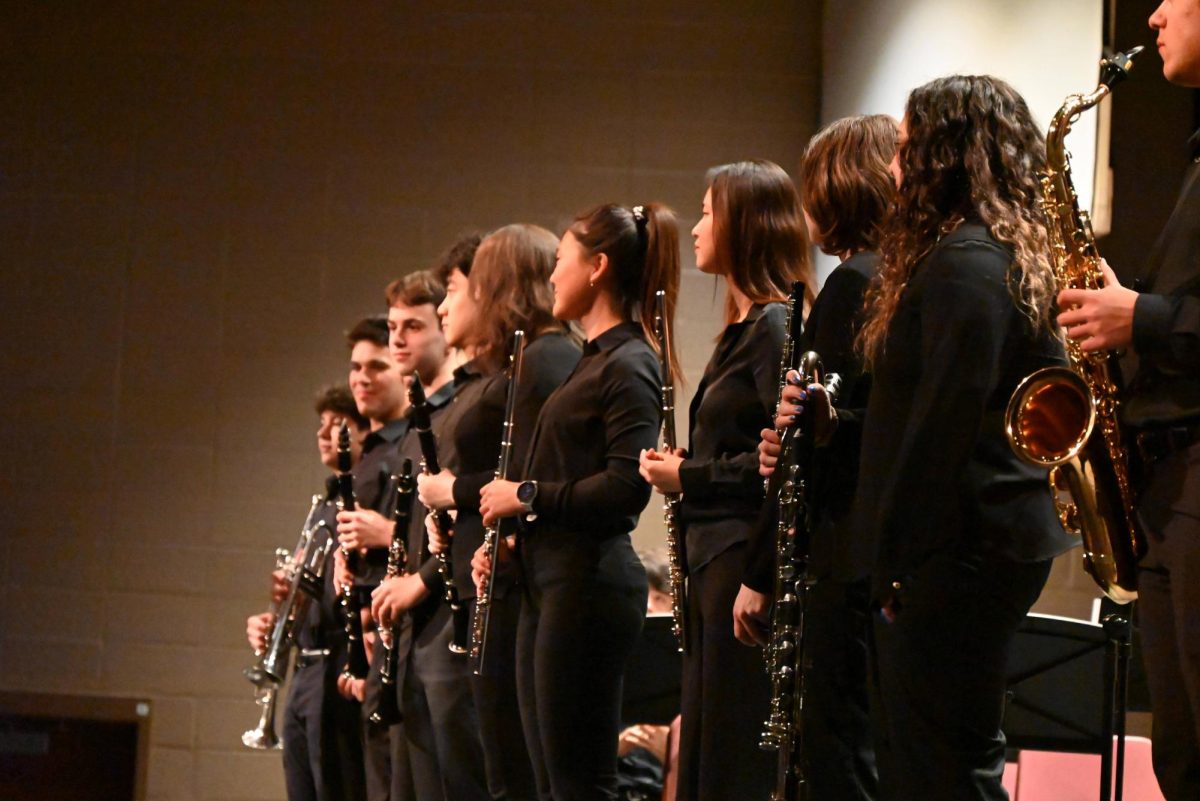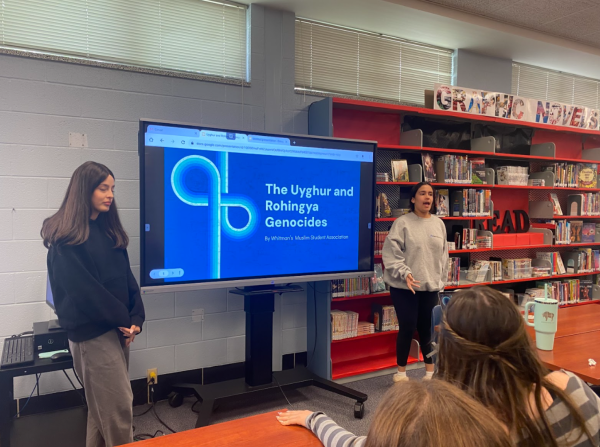Outside the control room, the distant glowing of faraway beacons intensified once again into a swarm of blinding lights as two Trilobites touched down upon the wrecked hull of the Argonaut. Diving sleds and armored rescuers disengaged their locks, and pairs parted to do their respective trades. The armored rescuers now plodded along the deck, searching for entrances to the central quarters and potential survivors or bodies trapped within. The submersible’s lights focused on Stromberg and the green-suited rescuer exiting the shattered window of the control room.
“Attention Intrepid IV, MST salvage craft Buffalo is En Route.” Allen’s voice transmitted over the radio. “Once interior search of wreck is complete, redirect operations to material salvage.”
Material Salvage Teams, or MST, maintained a tenuous relationship with DSRR squads across the regions they collaborated. The MST, an organization supposedly dedicated towards the conservation of steel resources, often operated with DSRR to salvage steel from wreck sites. While MST’s mission was noble enough, their crewmembers often failed to meet the organization’s ideals. Comprised largely of paroled felons and sea-worthy captured pirates, MST technicians were notoriously fickle and were well known to loot the possessions of the deceased before surrendering the steel to recycling plants.
“Asshole.” Katie growled. “He’s calling in salvage craft before we’ve even cleared the wreck. Until we’ve gotten everyone out, this is a grave site.”
Dave was frozen for a response. While he didn’t like the MST salvage barges or their aggressive crews, knowing that more support laid above never paid him bother. “Yeah, I know. He shouldn’t have done that…”
Dave paused, wrestling with the stupidity of what he had just said.
To his relief, Katie hadn’t been paying a shred of attention to him. Her attention was fixated downwards, on the hull of the ship. The two rescuers inside the control room were operating their own floodlights now that they had breached the door: their light source was no longer needed. Dave toggled the light around the deck. His search revealed only toppled crates and empty space.
A radio transmission burst into range. “Intrepid IV, This is Anchor IX. Beginning search of exterior perimeter while technicians look for a way in. Anchor IX.” A red submersible nearly identical in design to the Intrepid pulled into the crew’s visual line momentarily before powering to port.
“Loud and clear, Anchor IX. Intrepid IV.” Katie said. She looked to Dave, who was nurturing a new look of curiosity on his face.
“Wait. What’s…. Hold on.” Dave angled the lights downwards, towards the lower starboard side of the ship.
“Jesus.” Katie gasped.
An enormous, gaping hole had been torn into the lower starboard hull of the Argonaut, about seven feet below the water line. It was fifteen feet across, and longer than it was wide. Despite that, the gash was still large enough for a car to pass through.
“It…it must have been a mine. Don’t you think?” Katie asked uneasily, looking to Dave. Her tone searched for confirmation.
“It looks like it.” Dave muttered quietly, and fidgeted with the left earpiece on his headset.
It was easy to believe that mines were not uncommon in these waters. With the force of modern-day explosives such as Semtex and the cloud-shared designs of the Internet, any decent engineer with the proper resources could improvise a powerful bomb that had the power to level a city block.
Or easily sink a ship.
“Ken, there’s…a hole in the starboard hull.” Dave said into his headset.
“What are you talking about?” Stromberg’s tone failed to falter. He either wasn’t surprised or didn’t believe it.
“You heard me right.” Dave reached back to the floodlight controls. “We’ll light the way.”
As he held on to the sides of the fifteen-foot hole, Stromberg felt an unmistakable twinge of unease. This damage wasn’t done by a mine. He had seen both fishing boats and military vessels ravaged by naval mines on special operations missions, and their damage patterns were inconsistent with what loomed before him. Thick strips of metal splayed outwards, not inward. The edges of the hole were clean-cut and forcibly bent, as opposed to blown, tangled, and tattered in odd directions. The shockwave from a mine, professionally made or improvised, would have damaged or destroyed any articles of onboard equipment located within its blast radius. Here, even objects not bolted to the floor stayed in place save a few inches. The interior of the ship was eerily undisturbed.
Nekimbe stood just inside the confines of the ship, shielded from the outside water currents by the bent lip of steel. “Was this a bomb?” He asked Stromberg. “This hole made right under water. Could have been a sea bomb?”
Stromberg didn’t answer, but his head shook visibly back and forth within the helmet. Nekimbe stared at the floor, deep in thought.
The captain would have sent out a distress call if the ship had struck a mine. The force and shock from the explosion would have alerted every crewmember on board, and would have given enough time for the lifeboats to be launched and the crew evacuated. On the Argonaut, everybody had either sank with the ship or been evacuated by a foreign craft. The only alert to the ship’s sinking was the automated distress call, which had been triggered by the computer program. The crew had not set off the manual code red beacon in the bridge, and had not fired any of the ship’s flares.
“I’m turning on the camera.” Stromberg announced.
With a press of a chrome button, Stromberg switched on the first-person view camera mounted on the front of his atmospheric suit. Now, the submersible’s crew and the support teams on the surface would be able to see Stromberg’s progress through the Argonaut in real time.
With a deep breath and a slow flexion of his arms, Stromberg entered the hull of the doomed ship. Nekimbe gestured to him to follow as they trudged into the mouth of the beast.
Within the cramped, frigid confines of the Intrepid IV, Dave’s shivering had reached an amusing degree of animation. Machine-like clatters of frozen teeth rang around the cabin and through the radio.
“What the hell is that noise?” Stromberg’s annoyance was palpable. “Sounds like a woodpecker on crack.”
“Cold?” Katie teased. She stared condescendingly at Dave, whose exposed arms were now covered in raised bumps. “There’s a Mylar blanket in the auxiliary compartment. It’s not name brand, but it’ll do.”
As Dave fumbled with the latches on the small orange toolbox in search of his blanket, Katie powered on her small laptop, which ran a live connection to Stromberg’s mounted camera. A field of grey-scale static instantly jolted to a blurry image. As the camera focused, features of the ship’s hallways grew into view.
Katie pulled the Intrepid upwards a few meters with a pitch of the control stick. A small motion of Dave’s thumb directed the silver beams of the powerful halogen floodlights leaping upward, focusing on the ship’s starboard gunwale. Every lifeboat mounted on the gunwale of the ship was locked down, covered, and untouched. No attempt had been made to launch them.
“Why didn’t they launch the lifeboats?” Katie asked uneasily, fixated on the unusual sight ahead. She shuffled her body a few inches backwards. Her eyes darted upwards, than swiftly back to Dave. “Surely, they would have taken the chance to get off the ship…?”
Dave didn’t respond, partly because he had no answer to offer, and partly because he was just as scared as she was. Something about this ship and the absence of her crew was very unnerving, and for a second he was very thankful that Stromberg had volunteered to descend in the diving suit. The submarine felt secure, even comfortable. The suit must be terrifying in the endless, inky blackness…
Throughout the deserted, dead hallways of the Argonaut, nobody was to be found.
Where could the crew possibly be?
Stromberg had salvaged dozens of shipwrecks before, equipped in both military and DSRR attire. In every case, the bodies of crewmembers were usually quite easy to find. Crewmembers initially reported “missing” were often found either drowned in rooms throughout the ship or floating at the surface a few hundred yards from the wreck site.
But here, nothing.
The presence of all the lifeboats bothered him to an even darker level, as any marginally trained crew with some present minds on board would have had the time to launch a few lifeboats before the ship went down. A fleeting moment of reconsideration entered the back of his mind.
Perhaps I am entering the ship from which I might never surface.
He forced the thought from his mind as quickly as it had come, and proceeded with the search.
From down the hallway, two light beams danced about, casting shadows upon the walls. Stromberg switched his radio transmission to short-range open communication.
“Trilobite Six, requesting identification.”
“Trilobite 81 online, staging inside wreck. Making way down hallways.” The man’s voice sounded Asian in origin. “Any bodies?”
“Negative.” Stromberg looked down the hallway, awaiting arrival of the new hands. While he had been annoyed by Nekimbe’s earlier arrival, the prospect of more manpower was comforting if anything. The deserted ship seemed to grow more hostile with every passing minute.
“Trilobite 81. Call me Shang.” The two rescuers rounded a corner, and came into view. Their diving suits were newer, sleeker. Their gaits were so clean that it appeared they were not wearing suits at all. Even submerged in the water, they moved with a grace that the first two could not hope to replicate.
“Trilobite 24. Call me McAllan.” The second man saluted. “Any luck?”
Stromberg and Nekimbe shook their heads in tandem.
“Same here. This entire ship. Nothing,” McAllan complained. “We entered through an access passage located just aft of the forecastle. We’ve searched every room. Not a body in sight.”
“There’s a hole in the side of the ship,” Stromberg responded. “Pretty big, looks like the damage the iceberg did to the Titanic. I’m sure it wasn’t a mine, but it’s definitely the cause of the sinking.”
“Any idea as to what made it?” McAllan asked.
“Not yet.”
“Well, I doubt their organs will be of much use if don’t get to the bodies in time,” Shang said, with a dark laugh. “If we let them sit too long, they’ll be full of plankton.”
Shang had a point. The DSRR’s value lay not in the recovery of bodies for ceremonial purposes, but in the recovery of corpses for organ harvesting. A worldwide shortage of viable organ donors had skyrocketed the demand for organs, and most seafaring companies required their employees to donate upon death.
The ship lay in the undersea mud at a slight angle; the tilted orientation was just enough to give Nekimbe pause. As he stopped to wrestle the pleas of his inner ear, the other three walked down a narrow, cramped hallway and passed through the door to the central mess hall.
A chaotic mess remained of the main dining area. Plates lay shattered and strewn about, their triangular shards littering the floor. Scattered forks, knives, and glasses seemed to have fallen at will, landing wherever they pleased. A large pot had rolled across the room, laying to rest in the corner opposite from the stove. A viscous brown substance leaked from it, congealing into a hard shell that covered a plate-sized region of floor.
“The crew must have been in the middle of a meal when it sank…” McAllan said. “Looks like all this equipment was set out when it went down.”
The cabinets of nautical mess halls were magnetically sealed to prevent the breaking of cookware stored in them. Any rolling or turbulence of the ship wouldn’t result in the cabinets opening; therefore, all cookware strewn about the floor would have been set out prior to the incident. From the amount of debris and destroyed dishes scattered about, most of the crew had been in here when the ship went down.
“Let’s move on.” Stromberg said. “Nothing of value here.” In the corner, McAllan was poking at the black mess that had spilled from the pot.
Stromberg pulled himself through the mess hall door to the main hallway as Shang and McAllan followed. Outside the room, Nekimbe seemed to have regained his grip on balance.
“You alright?” Stromberg said with a glaze of legitimate concern.
“I am OK. A little sick. But OK.” Nekimbe answered. “The rooms are tilted. A little bit off.”
“How’s your oxygen?” Stromberg asked. “I’m at three-quarter tank.”
“I’m at half.” Nekimbe responded. “In fifteen minutes, I surface.”
Nekimbe walked past a bunkroom, and looked inside. The sheets sat neatly made upon the beds, tucked tightly into the edges of the bed. A nightstand lay collapsed beside one of the beds, having fallen during the descent. The room had the tidy, orderly appearance of a new hotel room. The watertight door was open; the room had filled with water to the ceiling.
“The crew didn’t launch any lifeboats, so by all paths of reason we should be finding them drowned in these rooms.” McAllan’s tone bordered between nerve, annoyance, and the slightest twinge of fear.
Nobody answered, agreeing only with silence. The lifeboats hadn’t been launched, and the crew hadn’t been drowned. From all the evidence available, it looked as if the crew had… vanished.
As they passed the door to a two-man sleeping chamber, Shang tried the door.
“It’s locked.” He froze. “It’s locked!” He peered through the porthole, panning his flashlight around the dry confines of the bedroom. The room seemed empty….
Wait.
A small figure lay bunched in the corner, its small eyes petrified with fear. As it looked towards the steel-encased monsters prowling about its door, it let out a wailing cry that was audible even through the water outside.
“It’s… it’s a little boy…”









